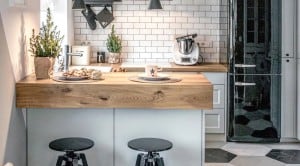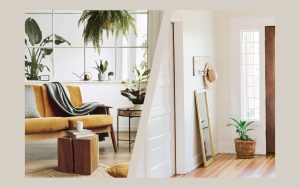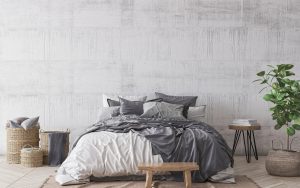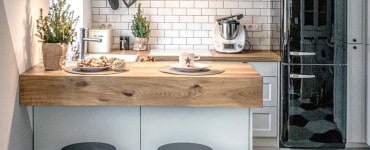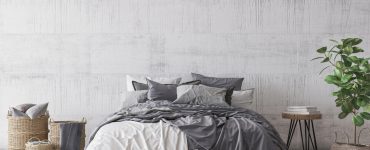In recent years, this minimalistic and elegant style has taken the interior design and architecture industries by storm, leaving people from all corners of the globe mesmerized by its charm. From the cozy homes of Copenhagen to the chic office spaces in Stockholm, Scandinavian design’s popularity seems to know no bounds.
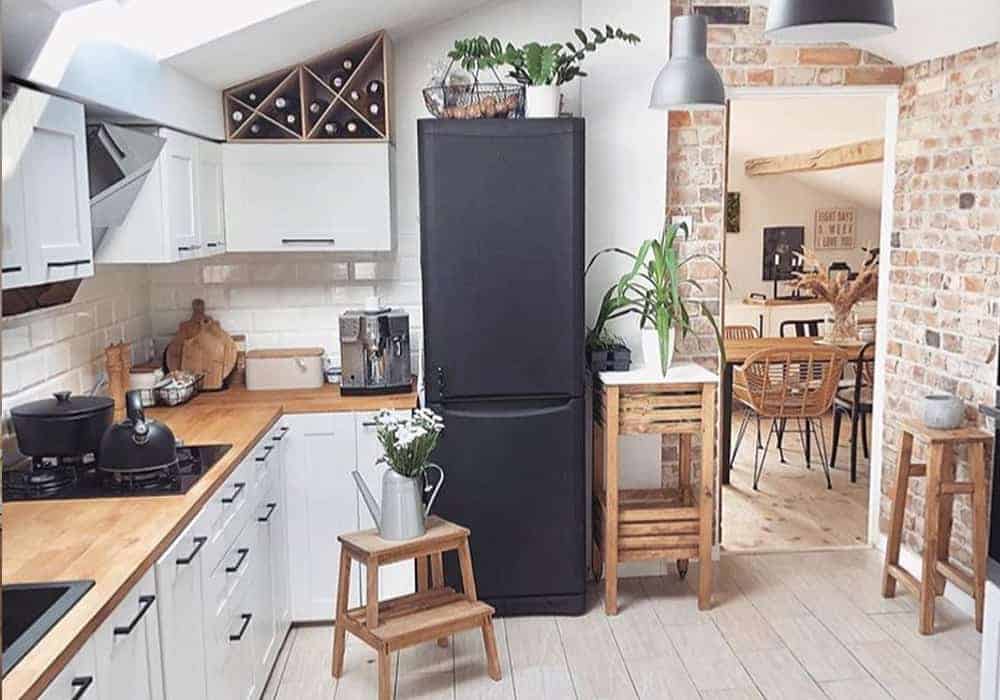
In this blog post, we will delve deep into the heart of this design phenomenon, exploring the factors that have propelled it to international fame. As we uncover the secrets behind its allure, you’ll discover why Scandinavian design has become a symbol of timeless elegance and a lifestyle embraced by design enthusiasts worldwide.
Simplicity and Minimalism: The Core Foundations
In the fast-paced and cluttered world we live in, Scandinavian design offers a breath of fresh air with its core principles of simplicity and minimalism. Rooted in the idea that “less is more,” this design style emphasizes the beauty of functional and uncluttered spaces, where every element serves a purpose.
Embracing Minimalism: Less Is More
Scandinavian design takes a bold stance against excess, opting for clean lines, unadorned surfaces, and a focus on essential elements. This deliberate approach to design allows spaces to feel open, airy, and unburdened by unnecessary ornamentation. By eliminating the superfluous, Scandinavian design embraces a sense of calm and serenity, making it especially appealing in today’s fast-paced, hectic world.
The Beauty of Functionality: Form Follows Function
At the heart of Scandinavian design lies a deep appreciation for functionality. Furniture and decor are not merely chosen for their aesthetics; rather, they are selected for their practicality and purpose. Each piece is carefully crafted to serve a specific function while also adding to the overall aesthetic harmony of the space. This marriage of form and function ensures that Scandinavian-designed spaces are not only beautiful but also highly efficient and user-friendly.
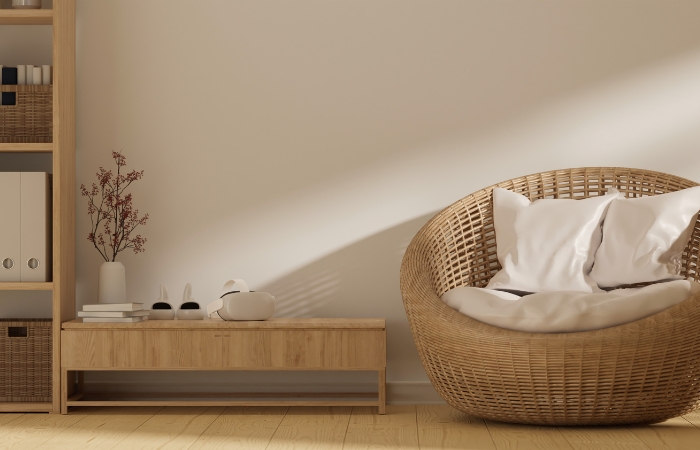
Incorporating timeless design elements, such as sleek furniture and uncluttered layouts, simplicity reigns supreme in Scandinavian interiors. Neutral color palettes, often dominated by whites, grays, and earthy tones, provide a calming backdrop that allows the beauty of natural materials and textures to shine through. The result is an atmosphere that exudes sophistication and elegance without ever feeling ostentatious.
Natural Elements and Biophilic Design
Scandinavian design is deeply rooted in its relationship with nature, and one of its defining characteristics is the incorporation of natural elements and biophilic design principles. Drawing inspiration from the breathtaking landscapes of the Nordic region, this design style seeks to bring the outdoors inside, creating harmonious and nurturing environments.
Biophilic design, a concept that emphasizes the connection between humans and nature, lies at the heart of Scandinavian design. By integrating elements of nature into indoor spaces, such as plants, natural light, and organic materials, this design philosophy enhances the well-being of occupants and fosters a sense of tranquility.
Scandinavian designers carefully curate spaces that promote a feeling of being close to nature, even within urban settings. Large windows allow ample natural light to flood interiors, creating a warm and inviting atmosphere. The presence of greenery and plant life brings life to living spaces, promoting a sense of vitality and serenity.
Incorporating Wood, Stone, and Other Natural Materials
One of the most striking features of Scandinavian design is its extensive use of natural materials. Wood, in particular, plays a central role in creating the signature Scandinavian look. From light birch to rich walnut, the warmth and texture of wood infuse spaces with a sense of coziness and timelessness.
Stone is another cherished element, often seen in fireplaces, countertops, and accent walls. Its natural beauty and rugged character add a touch of earthiness to the design, evoking a connection to the raw beauty of Nordic landscapes.
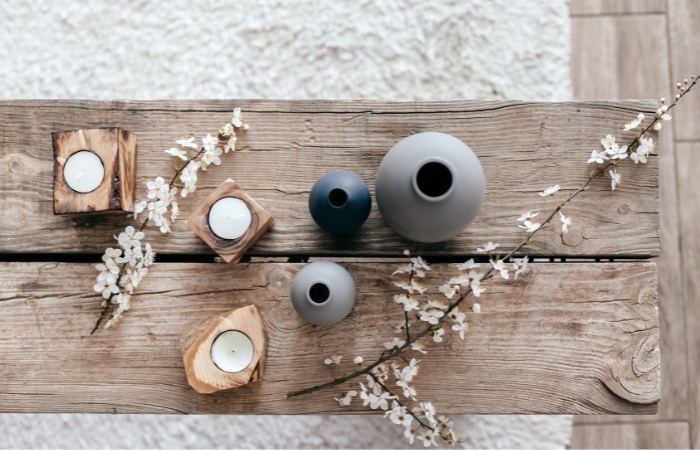
In addition to wood and stone, other natural materials like leather, wool, and linen are commonly used in Scandinavian interiors. These textiles not only bring a tactile dimension to the spaces but also contribute to the overall sense of comfort and luxury.
Light and Airiness: The Nordic Brightness
Step into a Scandinavian-designed space, and you’ll immediately notice a distinct sense of brightness and airiness. Inspired by the extended daylight hours and luminous landscapes of the Nordic region, Scandinavian design embraces the concept of light, both natural and artificial, as a crucial element in creating inviting and uplifting interiors.
Letting in Light: Maximizing Natural Light
In a part of the world where winters can be long and dark, the appreciation for natural light runs deep in Scandinavian culture. This love for daylight is ingeniously translated into their design philosophy, with an emphasis on large windows and open floor plans to maximize the inflow of sunlight. By allowing copious amounts of natural light to permeate the interiors, Scandinavian spaces feel warm, welcoming, and full of life even during the darkest months.
Beyond the practical benefits of energy efficiency, ample natural light enhances the mood of occupants, promoting positivity and a sense of well-being. The play of light and shadow on the clean, uncluttered surfaces creates dynamic and visually engaging spaces that evolve throughout the day.
Light Colors and Neutral Tones: Creating a Sense of Airiness
A strategic use of color is another hallmark of Scandinavian design, contributing to the overall brightness and airiness of the interiors. Light, soft hues dominate the color palette, with whites, pale grays, and muted pastels being prominent choices. These colors serve as a canvas, reflecting and amplifying the natural light that enters the space.
Neutral tones also allow the natural materials, such as wood and stone, to shine and take center stage. The result is an elegant and harmonious blend of elements that fosters a feeling of serenity and balance.
The concept of “hygge” further complements the light and airy ambiance of Scandinavian design. As spaces are illuminated by gentle, diffused light, they create a cozy and inviting atmosphere that beckons occupants to slow down, relax, and savor the simple joys of life.
Timeless Elegance and Versatility
Scandinavian design possesses an inherent quality that transcends fleeting trends and fads. Its timelessness and versatility are key attributes that have contributed to its enduring popularity over the decades.
Unlike design styles that come and go with the seasons, Scandinavian design has proven itself to be a steadfast and enduring aesthetic. Rooted in the principles of simplicity and functionality, it exudes a classic elegance that never goes out of fashion. By focusing on essential elements and avoiding excessive ornamentation, Scandinavian interiors have the power to remain relevant and visually appealing across generations.
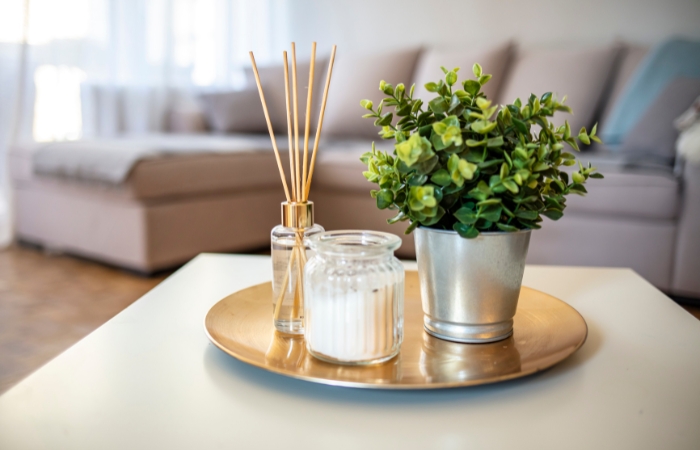
As a testament to its staying power, iconic pieces of Scandinavian furniture, such as the Egg chair by Arne Jacobsen and the Eames Lounge Chair by Charles and Ray Eames, continue to be sought-after and cherished by design enthusiasts around the world.
Adaptable Spaces: Versatility for Modern Lifestyles
Scandinavian design’s adaptability is another reason for its widespread appeal. Whether in compact urban apartments or spacious rural homes, this style effortlessly adapts to different environments and lifestyles.
The clean lines, neutral colors, and focus on practicality make Scandinavian interiors highly versatile. They serve as blank canvases that allow occupants to inject their personality and creativity into the space through personal touches and curated decor.
Conclusion
As we draw to the end of our exploration into the world of Scandinavian design, one thing is abundantly clear: its popularity is well-deserved and rooted in a beautiful blend of form, functionality, and a profound connection to nature. From its humble origins in the Nordic region to its widespread global acclaim, Scandinavian design has transformed the way we perceive interior spaces and the notion of home.
The simplicity, minimalism, and emphasis on natural elements create an environment that nurtures both the body and soul. It’s no wonder that the concept of “hygge” has resonated with people worldwide, inspiring them to find joy in life’s simple pleasures and cultivate cozy and inviting atmospheres.


